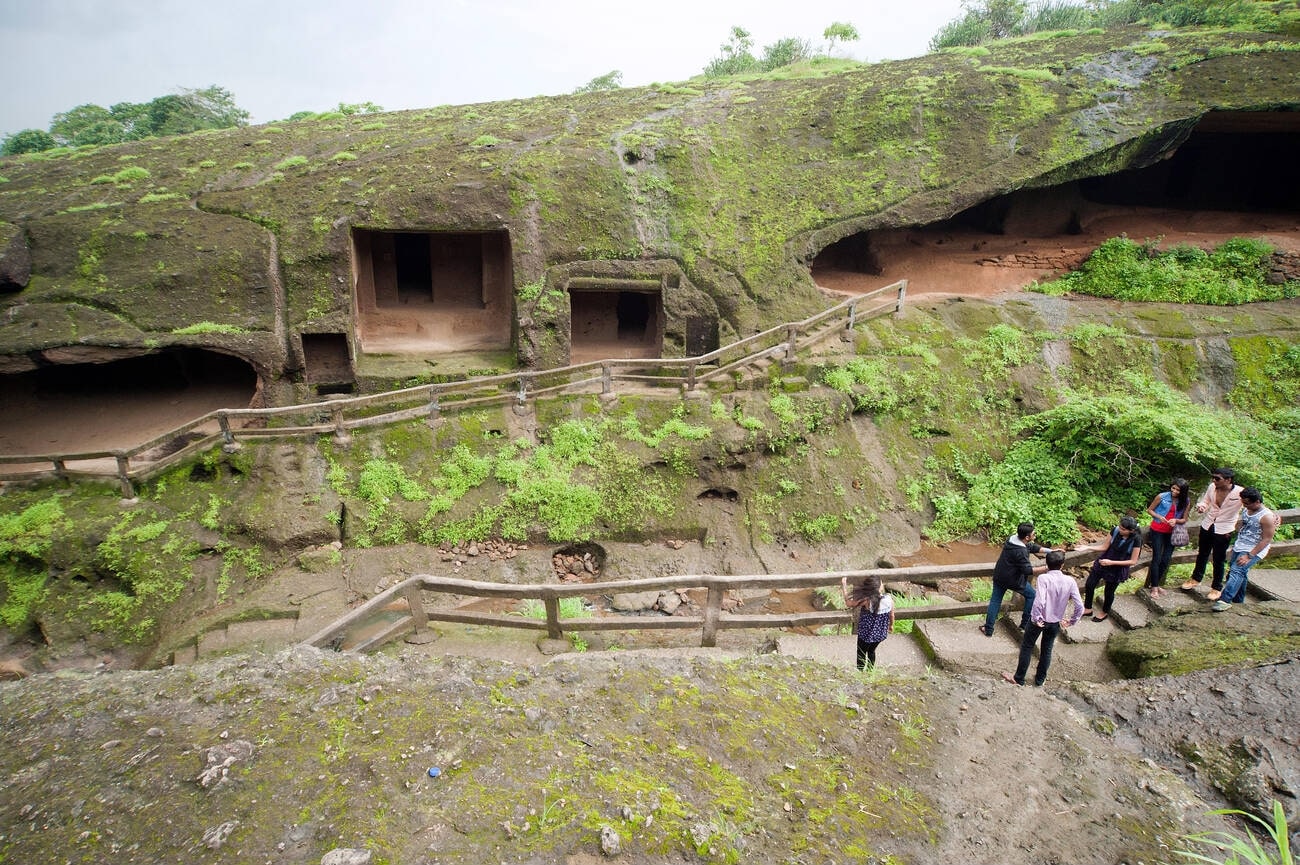
109 Kanheri Caves With Monuments Built 2 Millennium Ago
Kanheri Caves also known as Kanheri Gufa derived from the Sanskrit word Krishnagiri which is Black Mountain. Kanheri Caves are carved out of the mountains in the Salsette island, now in Sanjay Gandhi National Park. In the suburb side of Mumbai Kanheri Caves are located in Boravali.
There are around 109 caves carved out of the mountain. These caves are an abode of Buddhist sculptures, inscriptions, paintings, and carvings that date back from the 1st century AD to the 10th Century AD. For over 10 centuries these caves were the Buddhist viharas meant for studying, meditation, and living. At this time in Mumbai Kanheri Caves are the most ancient architectural sight.
Kanheri Caves History
Over time Kanheri Caves were introduced with a new set of rituals which were followed by the Buddhist Monks. By the 6th century AD escortic like Tantric Buddhism was also introduced. There are around 64 Stupas of the Aachriya (Teachers) which dates back to 5-6 Century AD.
It is believed that the important school of Buddhism followed in Japan emanated. Cave no 90 depicts the famous Lotus Sutra, as there are various sects based on that particular sutra. The cave was abandoned in the 11th century and later after around 1000 years a Japanese Monk arrived at the Kanheri caves which were not easily accessible back then to identify cave no 90 and wrote down the sutra. There is no clear reason why the monks had to abandon Kanheri Caves and move out.
In the 15th century, these caves were found by the Portugues and it is said that they used this region for their Artilleries practice. Because of this, you can see that some of the caves are broken.
Subscribe to our Newsletter
Subscribe to our newsletter to receive exclusive offers, latest news and updates.
Architecture Of Kanheri Caves
The well-planned architecture of Kahneri Caves in Mumbai is an example of human brilliance. There are many unfinished paintings and constructions which make us wonder what was the reason for this incomplete work. One such incomplete painting of Lord Buddha is in Cave No. 34.
Let’s talk about some Architectural marvels of Kanheri Caves in Mumbai
1. Rain Water Harvesting
The architecture of Kanheri Caves is divided into three mountains Northern Caves Group, Southern Caves Group, and Eastern Caves Group each having a water stream flowing. These caves were always occupied by the Bhikshus and Buddhist students and being at the top of the mountain they had to make their water system.
In front of every cave is a mini tank constructed to store the rainwater in those tanks. Two dams were constructed in Kanheri Caves National Park, both having a unique locking system that helped them store the rainwater. This unique water storing technology helped them to store the water for the longest period of the year.
2. Cave No. 1
3. Cave No. 2
One of the Stupa has been broken off near the base. This cave has a long opening and has ample space in there.
4. Cave No. 3
The temple is 86.5 feet tall and 9 feet and 10 inches long having a Stupa which is nearly 16 feet in diameter. The pillars have detailed carvings of elephants and people which now have worn out.
5. Cave No. 11
The plane of the cave projects the position of the throne of the president. It is estimated that this cave was occupied by a human representative of Lord Buddha for any assembly in cave No.11. The cave also has a dining hall for the people to have food.
6. Cave No. 90
Many sculptures of Gautam Buddha with his attendees are carved out on the walls of Cave No. 90.
Places To Visit Near Kanheri Caves
1. Deer View
2. Shilonda Trail
You can spot many endangered and preserved species of birds, reptiles, butterflies, and animals on Shilonda Trail. Except for the entry fee at Sanjay Gandhi National Park, you have to buy tickets for Shilonda Trail as well.
Suggest Read: Popular Team Outing Places Near Mumbai For A Memorable Weekend
How To Reach Kanheri Caves
1. How To Reach Kanheri Caves Via Road
Once you reach the National Park you can either opt for a bus or share a taxi/rickshaw to Kanheri Caves in Mumbai. There is also a facility for cycling at the entrance of the Park, therefore if you are a fan of cycling you can peddle from the entrance of the park to Kanheri Caves.
Ps- the distance from the entrance of Sanjay Gandhi National Park to Kanheri Caves is around 6 km and Kanheri Caves are elevated at a height. So if you are cycling make sure you know how to cycle at an elevation.
2. How To Reach Kanheri Caves Via Railway
3. How To Reach Kanheri Caves Via Air
Kanheri Caves Timings
Suggested Read: Colaba Causeway: The Bustling Street Of Mumbai
Trekking Guide To Kanheri Caves
- Be aware of monkeys near Kanheri Caves.
- Wear proper shoes if you are going to trek on the mountain.
- Carry an ample amount of water with you.
- Some staircases are steeper so be careful
- The Difficulty level of the trek is easy. So, You can easily climb the mountain.
Restaurants Near Kanheri Caves
You can take a recommendation of some of the nearby restaurants outside Sanjay Gandhi National Park
- Blabber All Day
- Pizza By Slice
- Bustle- At the Rooftop
Hotels Near Kanheri Caves
- Hotel Divine
- Exotic Pool Villa
- Hotel Nice Stay
- Western Villa
Frequently Asked Questions (FAQS)
Q:Is Kanheri Caves worth visiting?
Q:What is the entry fee for Kanheri Caves?
Q:What are Kanheri Caves famous for?
Q:Which is better Kanheri Caves or Elephanta Caves?
Subscribe to our Newsletter
Subscribe to our newsletter to receive exclusive offers, latest news and updates.
Our Blog Post
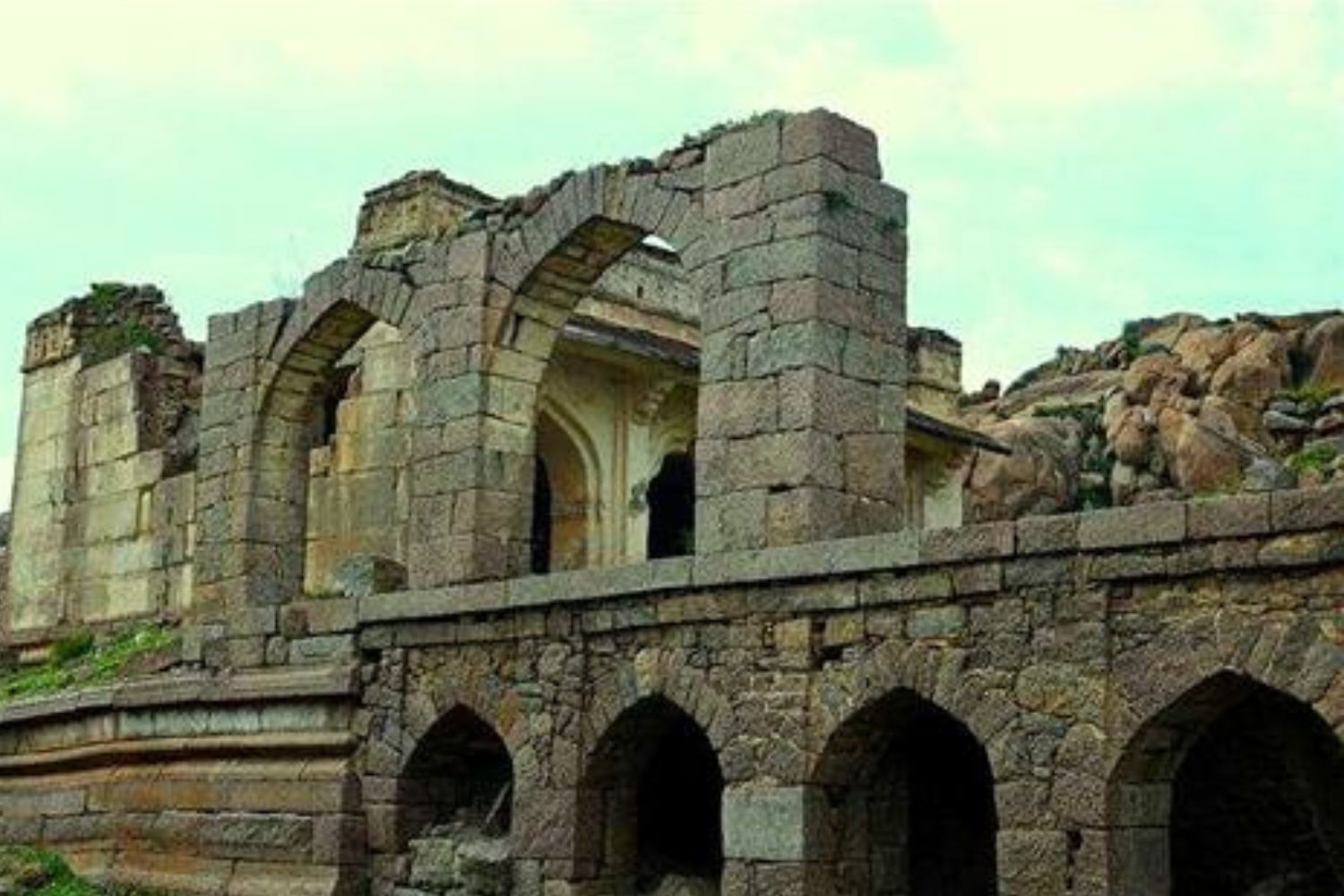
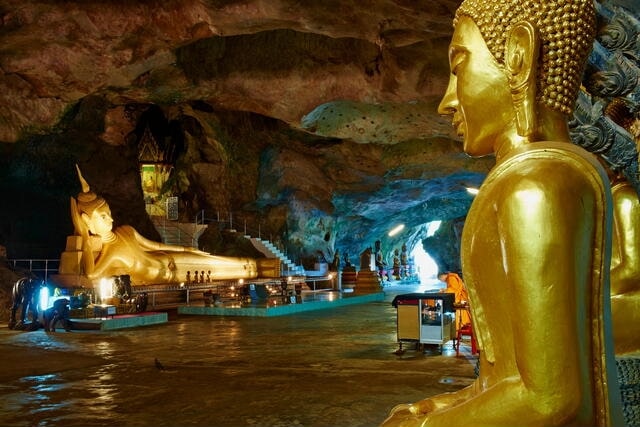

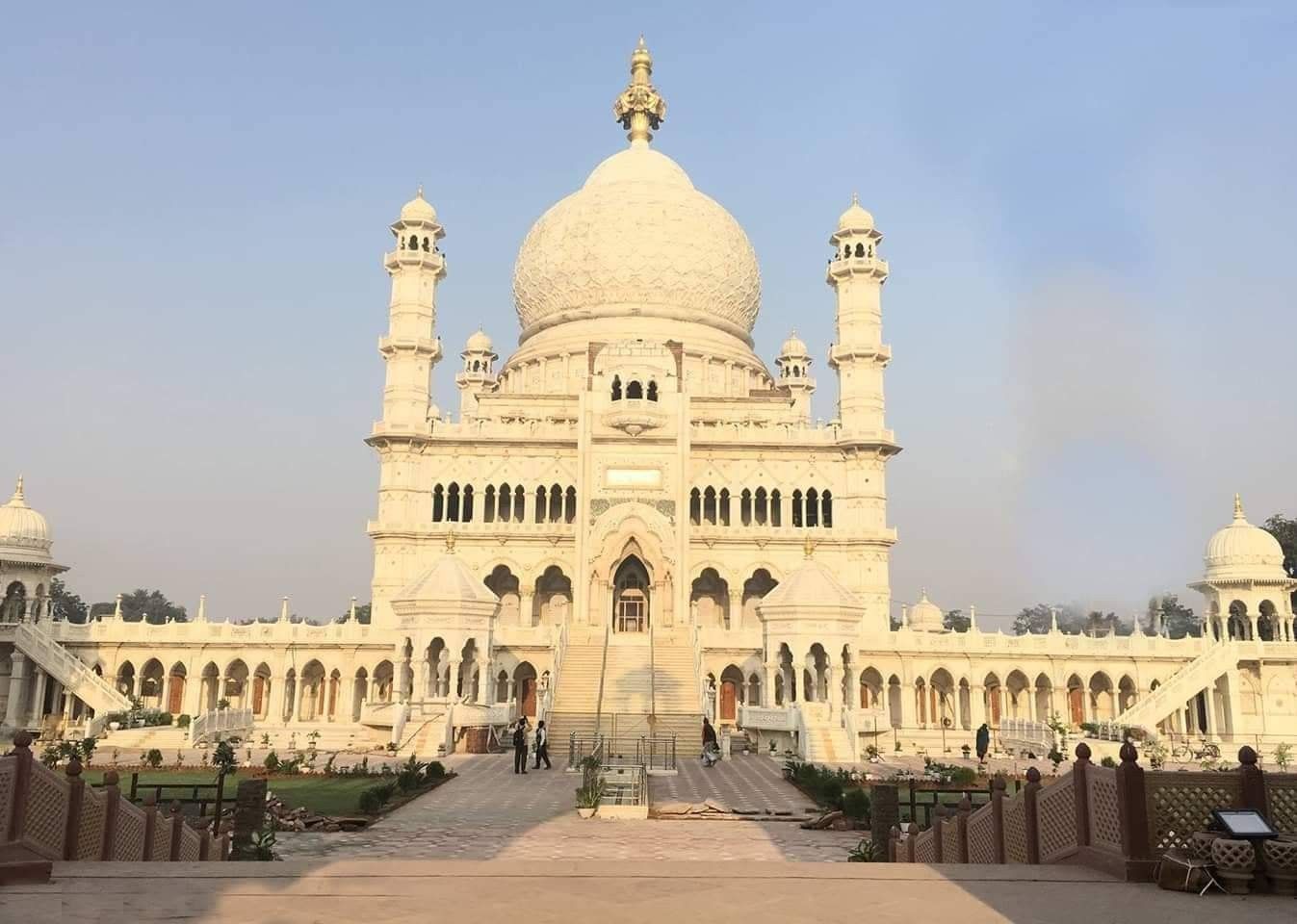
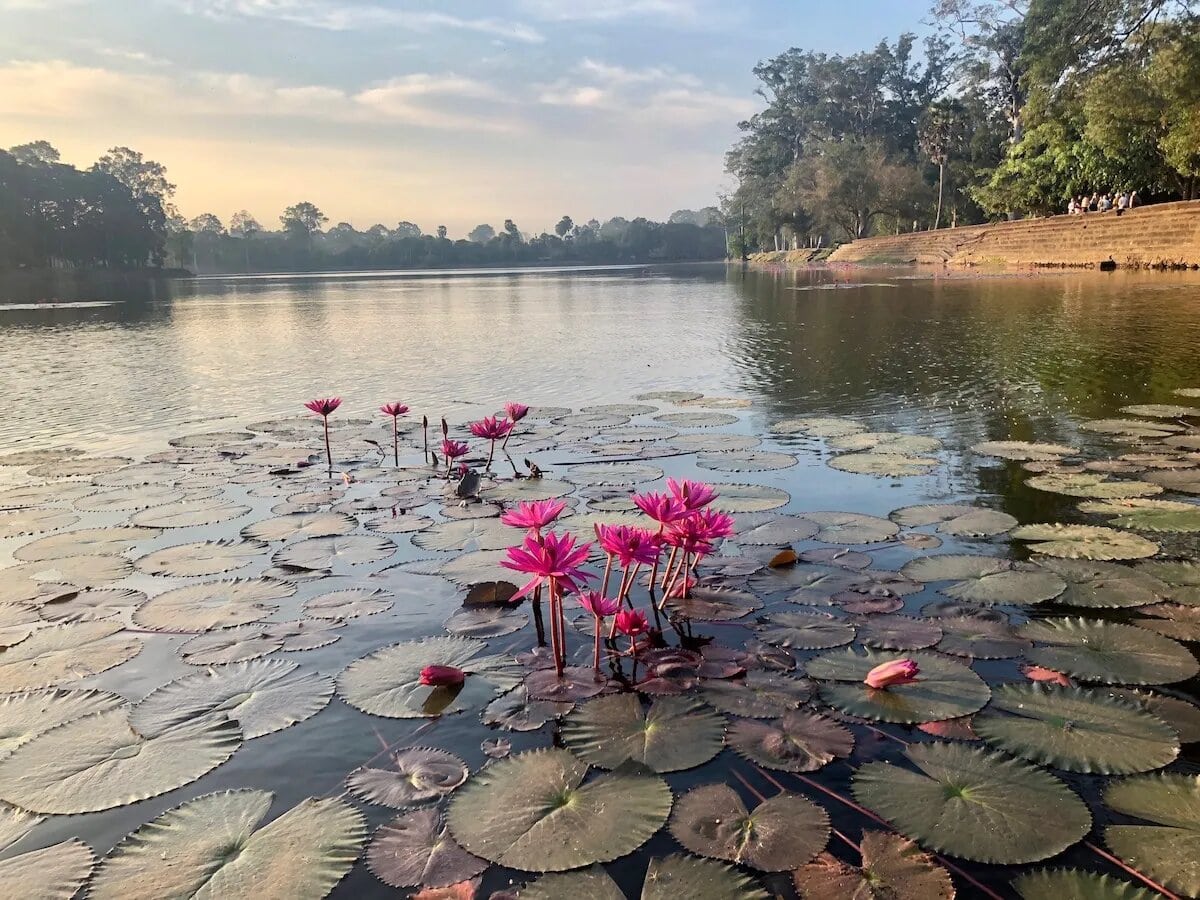
Looking for a hassle free trip?
Connect with our experts! Get the best Itineraries and Offers!
About Us
We at WanderOn are a modern travel community that provides end to end travel packages in India and abroad. We design the best travel itineraries that encourage group traveling for like-minded people. Our services include road trips, trekking expeditions, corporate trips, and customized tour packages. On our trips, we ensure hassle-free traveling, top-notch accommodation and guided sightseeing that too in a budget that won't burn a hole in your pocket. Just give us your dates and be ready to experience traveling like never before.
WANDERON EXPERIENCES PVT LTD
3rd Floor, Building No-436, Phase IV, Udyog Vihar, Sector-18, Gurugram, Haryana-122001
